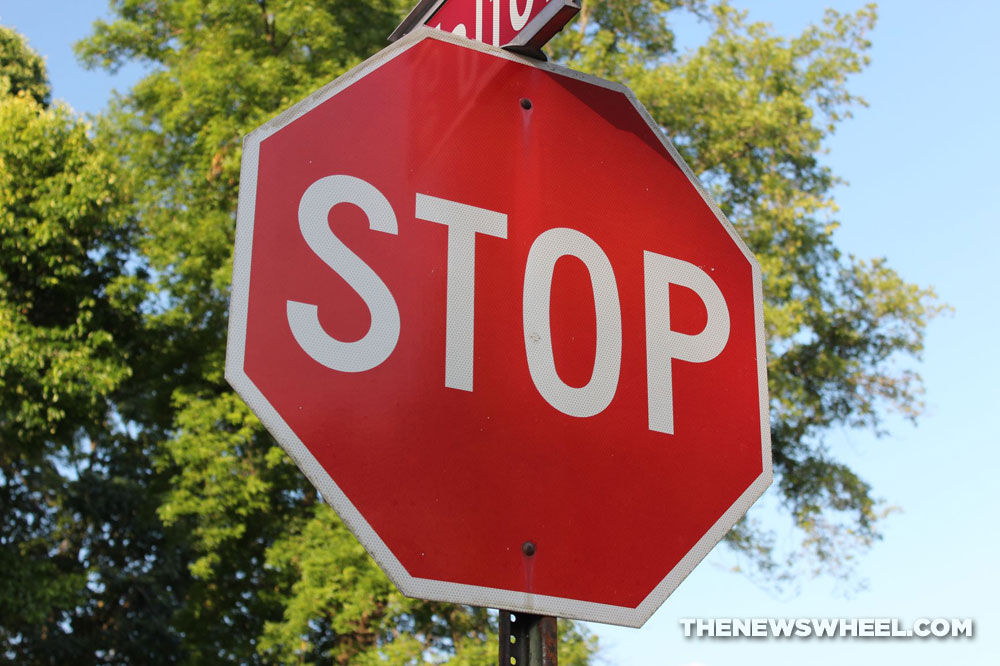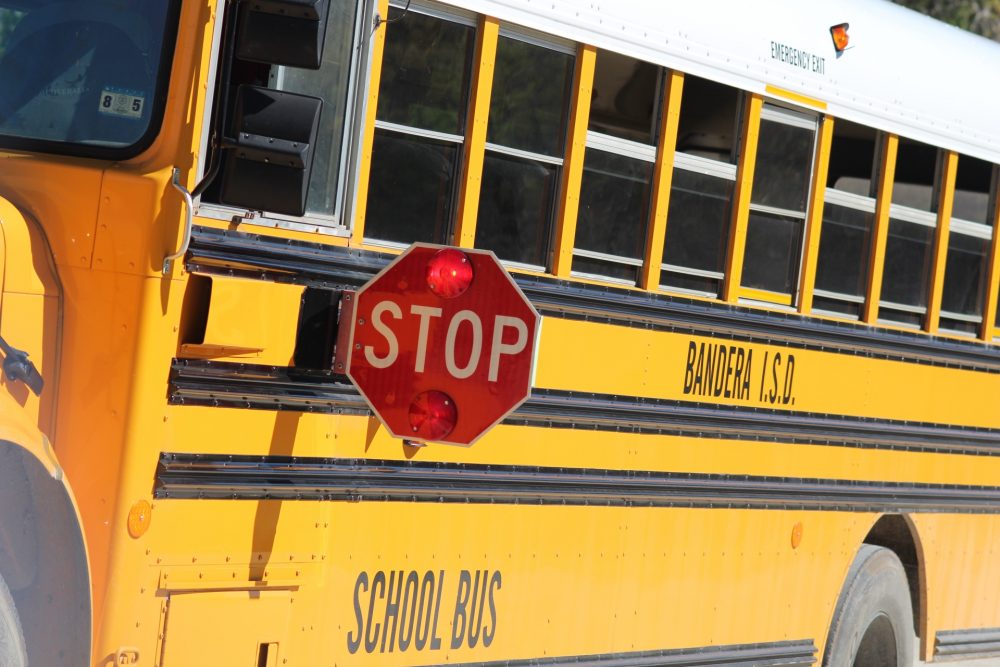Why Are Stop Signs Red? And Other Questions You’ve Wondered About Colors on the Road

We don’t live in a world of grayscale, and we certainly don’t drive in one. The road is filled with colors, and not just the hues of other cars. From road signs to emergency lights, certain shades remain consistent wherever you go.
Have you ever wondered how these colors were determined?
More Answers: Your car’s warnings lights…explained!
The Origins of Today’s Traffic Colors
Q: Why are stop signs red?
A: Stop signs weren’t always red, as early versions were white with black text and yellow with black text. By the time the red sign was introduced in the 1950s, the red traffic light was already established and the red stop sign was changed to coincide with that warning color. (Source)
Q: Why are traffic lights red, green, and yellow?
A: This color scheme derives from a system first used by railroads, although originally red signaled danger, green indicated caution, and white announced “all clear.” However, this caused problems for trains and was eventually changed to today’s colors, with yellow being distinct enough to be the third color (and yellow does coincide with the color of caution signs). (Source)
Q: Why are police car lights blue and red?
A: While there’s no clear answer on record, some people theorize that it has to do with color blindness; using two colors from different spectrums increases the probability of all nearby drivers spotting the emergency lights. Also, red is more visible during the day while blue light is more visible at night. Not all countries use both red and blue, though; some use only red while others use only blue. (Source)

Q: Why are school buses yellow?
A: The official “school bus yellow” pigment was chosen and implemented in 1939 because yellow is noticed in peripheral vision faster than any other color. An entire conference that year met and debated dozens of design standards for buses over a seven-day meeting. (Source)
Q: Why are highway signs green and traffic cones orange?
A: Green is a color you won’t see in the sky (unlike blue, red, and even yellow during a sunset), so it makes sense to use it on a directional sign raised above traffic. The United States also has other colors designated for different purposes: blue for community and travel services, brown for historic markets, red for important warnings, yellow for cautionary announcements, and orange for construction/maintenance. The MUTCD had a lot to do with the standardization of these colors. (Source)
Q: Why are street lines yellow and white?
A: The first yellow median line was painted in Oregon in 1917 to divide the road on dark and stormy nights. It gets its inspiration from old brick roads from ancient civilizations which used white bricks to divide their roads. Yellow was chosen as a cautionary, vividly visible color to divide opposite lanes, while white was chosen to indicate different lanes of the same direction (Source)
Must-Do Maintenance: Are you properly taking care of your vehicle? Find out!

The News Wheel is a digital auto magazine providing readers with a fresh perspective on the latest car news. We’re located in the heart of America (Dayton, Ohio) and our goal is to deliver an entertaining and informative perspective on what’s trending in the automotive world. See more articles from The News Wheel.

